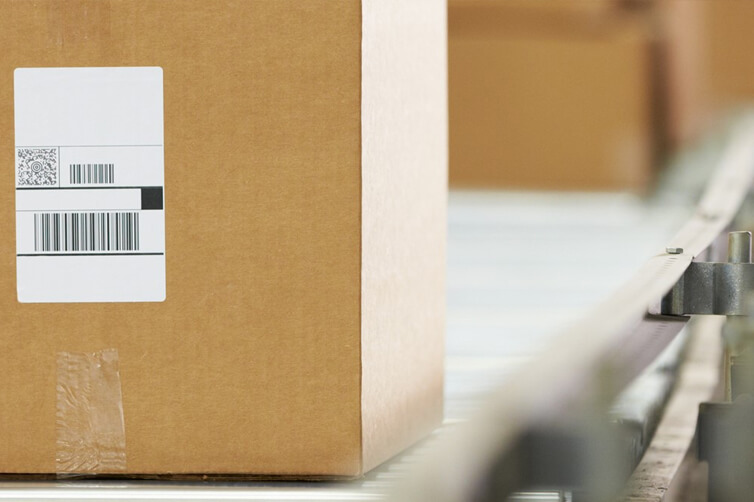
They say to be forewarned is to be forearmed, and nowhere does this ring truer than during last mile delivery. If you can see trouble brewing along your network, but you can’t take action to nip it in the bud, retailers run the risk of spoiling customer experience and throwing away hard-earned customer advocacy.
Until now a vital ingredient has been missing from this final mile equation – control. Retailers simply haven’t had the luxury of real-time vision across their networks. Often, the first sign of a late delivery is a complaint from a disgruntled customer. By this point, not only is the damage already done as far as the customer is concerned, but the knock-on costs of rearranging missed delivery slots and the impact of order tracking calls to customer care teams can soon add up.
The good news is, however, that artificial intelligence and automation are changing this retail reality. Both can be used to analyse data from the length of the distribution chain and pinpoint bottlenecks as – or even before – they happen, allowing action to be taken.
Thanks to this revolutionary technology, retailers can monitor potential problems and often solve them without the end customer ever being aware an issue had arisen. Or, if a delay is inevitable, they can offer incentives, such as money off their next order, to try and make up for any inconvenience caused to the customer by the delivery issue – and encourage them to rebuy from their brand.
Internet of Things sensors have a big part to play in achieving this revolutionary oversight. RFID sensors can be used to track and timestamp parcels as they pass through distribution hubs, while GPS-enabled delivery vehicles enable retailers and customers alike to track consignments on the road.
Forward-thinking retailers can now use the latest generation of user-friendly dashboards to make sense of complex data streams to simplify even the most convoluted of international, multi-carrier networks on one easy-to-use visual. Our new product, SortedREACT, can rate delivery issues by severity, giving retailers managing multiple carriers the power to prioritise and rectify issues, often before they arise. The functionality also gives retailers the opportunity to cross- and up-sell and can be integrated with the retailer’s CRM system to personalise incentives. Basically, retailers can use the platform to help drive customer loyalty and enhance customer lifetime value.
The biggest benefit of this approach is that it puts retailers firmly back in control of delivering delightful, friction-free customer experience in fulfilment. Happy customers mean repeat business, fewer complaints leading to increased advocacy and also a reduction in the cost of order enquiries routed through customer care teams.
Our Head of Product Innovation, Ruta Makunaite, will be covering this topic in more technical detail next week. Catch her at Retail Week Tech 2018 – September 12th, 15:10 on Track 3.
Read more about how to optimise the delivery experience in our guide Ecommerce Examined: Assessing the delivery experience.